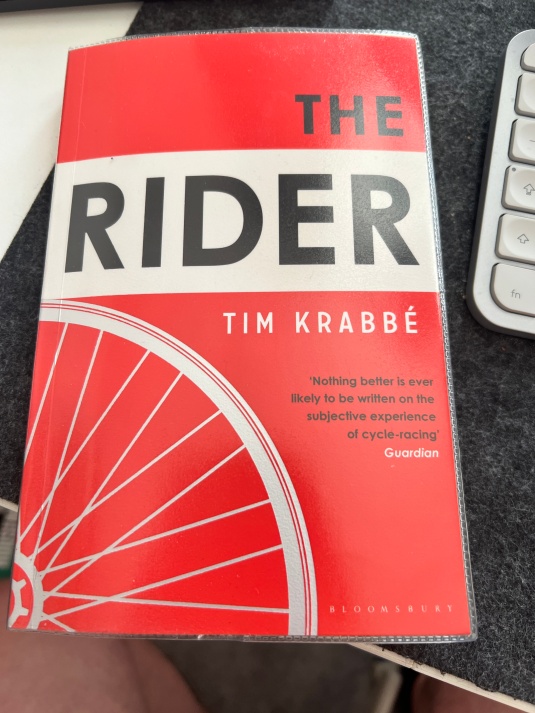The Hound of the Baskervilles by Sir Arthur Conan Doyle
Classic Detective fiction
Source – Personal copy
I was inspired by Simon Savidge in his Halloween read the video or something he did when he mentioned this book and then spent the day hunting my old Puffin copy, which is 40 yers old and when I found it as some books are still out of place in the shelves from the move. I looked at it and felt it was time to retire it to the shelf and get a new copy, so I brought a Penguin Clothbound copy. I then decided to try and find a Film version of the book I hadn’t seen and found a 1972 TV movie with Stewart Granger; I have watched so many versions of the novella, each missing bits of the book, some stick closely to the book, others drift away. This was near to the novella in most of the action. I think it is maybe the most filmed Holmes Story or Novella.
Mr Sherlock Holmes,’ who was usually very late in the mornings, save upon those not infrequent occasions when he stayed up all night, was seated at the breakfast table. I stood upon the hearthrug and picked up the stick which our visitor had left behind him the night before.’ It was a fine, thick piece of wood, bulbous-headed, of the sort which is known as a ‘Penang lawyer’* Just under the head was a broad silver band, nearly an inch across. To James Mortimer, MRCS, from his friends of the CCH’, was engraved upon it, with the date ‘1884. It was just a stick as the old-fashioned family practitioner used to carry
– dignified, solid, and reassuring.
Well, Watson, what do you make of it?”
The opening and the Cane left behind and what is the CCH ?
The book starts with one of the best pieces of deduction by Holmes, a Cane left by Doctor Mortimer at which is looked at first by Watson as Holmes sees him in the teapot and asks him to describe the owner. This is a classic piece of deduction. A silver label makes Watson think it is from the hunt and that he is an older country doctor. But when Holmes looks, he sees it very differently, and the young doctor and his dog appear just as he has described him. They learn about the Myth of the Baskervilles from the doctor and the death of the most recent Baskerville and lord of the manor Sir Charles. This is connected to a family curse of an evil hound, bringing death to the family. The doctor then says h had seen a huge paw print by the dead body. Hilmes says what has a curse to do with him, the new Lord Sir Henry is due to arrive. We all know the story they meet. Holmes takes the case but is busy, and he sends Watson to be his observer. The Dartmoor is imposing and full of places of mystery and quick mud. An escaped prisoner, several residents around the Baskerville property a man who sues people (he is often missed in the films !). Then Stapleton, the other main character, and his sister, but are they who they seem. Then the two servants in the house, The butler and his wife, what is their secret. Who is the body they see at night, and where is Holmes when all this is happening.
Within the last few months it became increasingly plain to me that Sir Charles’s nervous system was strained to breaking-point. He had taken this legend which I have read you exceedingly to heart – so much so that, although he would walk in his own grounds, nothing would induce him to go out upon the moor at night. Incredible as it may appear to you, Mr Holmes, he was honestly convinced that a dreadful fate overhung his family, and certainly the records which he was able to give of his ancestors were not encouraging. The idea of some ghastly presence constantly haunted him, and on more than one occasion he has asked me whether I had on my medical journeys at night ever seen any strange creature or heard the baying of a hound.The latter question he put to me several times, and always with a voice which vibrated with excitement.
The Hound had haunt the dead Baskerville but who had feed that fire of worry ?
It is fair to say I love this Holmes it is my second favourite of them all, the first being the short story The Blue Carbuncle. Both share deductions and also a sense of tracking down a story. The main thing about Hounds of the Baskerville is there is very little Holmes. He is there at the start when he sends Watson to go to Devon with Sir Herny t watch and report all he sees and tells Watson to be wary at night, and then we see him in the last part of the book. The book is made up of reports Watson had made his observations. But as we learn, Holmes had observed those events as well in a twist at the end. It is a good take on the epistolary novel. It is also a classic for this time of year as the Moor Dartmoor adds atmosphere to the names of the places, and the sense of forbidding Doyle conjures up in the story. Perfect for a Halloween read and worth a revisit as ever, this must be the 20th plus time I have reread this book, usually this time of year. I will also try and find any more film versions I may have missed of this.
Have you a book you reread and reread?
Winston’s score A+ is still as good now as when it came out, and it sends shivers down your spine in places.











